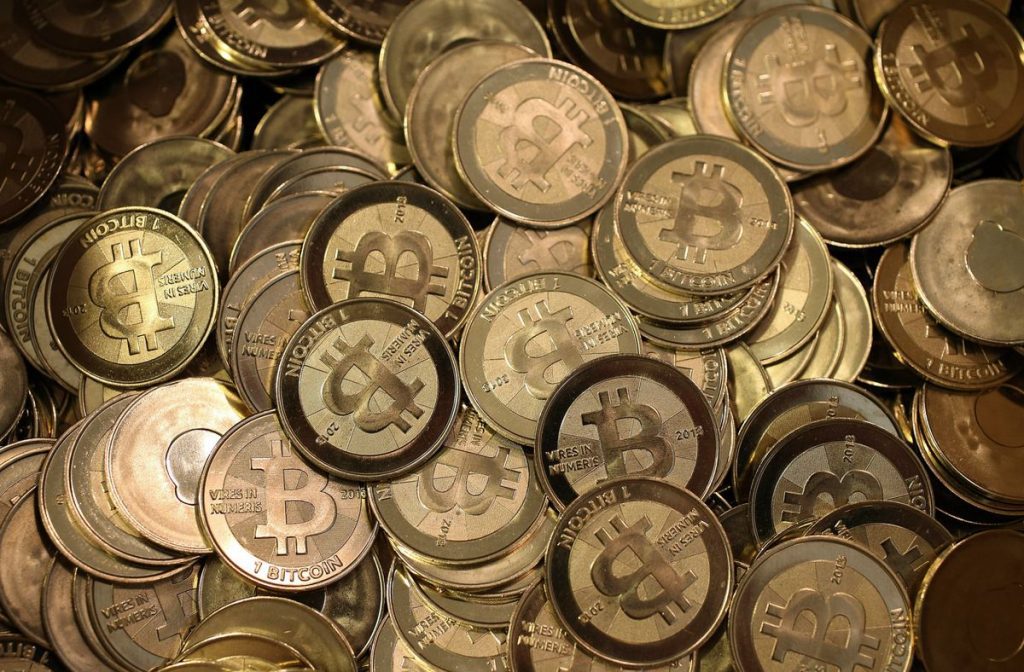The MIT Sloan School of Management, along with apparently every other major publication, recently published an article about the staggering rise of bitcoin, which has risen in value from $1,000 to $19,000 in just a single year. The cryptocurrency’s rapid ascent has prompted a great deal of industry chatter about the potential for a bitcoin bubble.
But MIT Sloan professor Christian Catalini, whose area of expertise extends to blockchain and cryptocurrencies, reminds us that back in 2013, bitcoin jumped from below $30 to over $1,000. Bitcoin jumped to $1,200 after “American regulatory officials spoke at a Senate hearing, saying that digital currencies were a “legitimate financial service” but then quickly fell “after China said that bitcoin could not replace traditional currency in the marketplace.”
Catalini explains that bitcoin’s 2017 value surge can be attributed to increased relevance among institutional investors like NASDAQ and the Chicago Mercantile Exchange, which has responded to “expectations about the future chance that bitcoin will become a major financial pipeline.”
“When people talk about the bitcoin price, it gets in the news and more people want to invest. The market is such that even small numbers of people across the globe can drive substantial price increases,” Catalini explains.
“A lot of the volatility and instability we see in the market has been driven by the fact that we are still trying to figure out exactly how bitcoin will evolve. This is like gambling. People need to realize that their bitcoin could be worth not a lot in the future if things go wrong, or it could appreciate in value.”
Catalini concludes, “Ultimately, bitcoin will only have value if society agrees it has value. For this to happen, it needs to become a better medium of exchange and store of value. Many experiments are taking place within this space, so you can expect more competition and innovation as different cryptocurrencies and tokens are designed to solve different types of problems in the economy.”
You can read the rest of Rebecca Linke’s interview with Catalini here.
